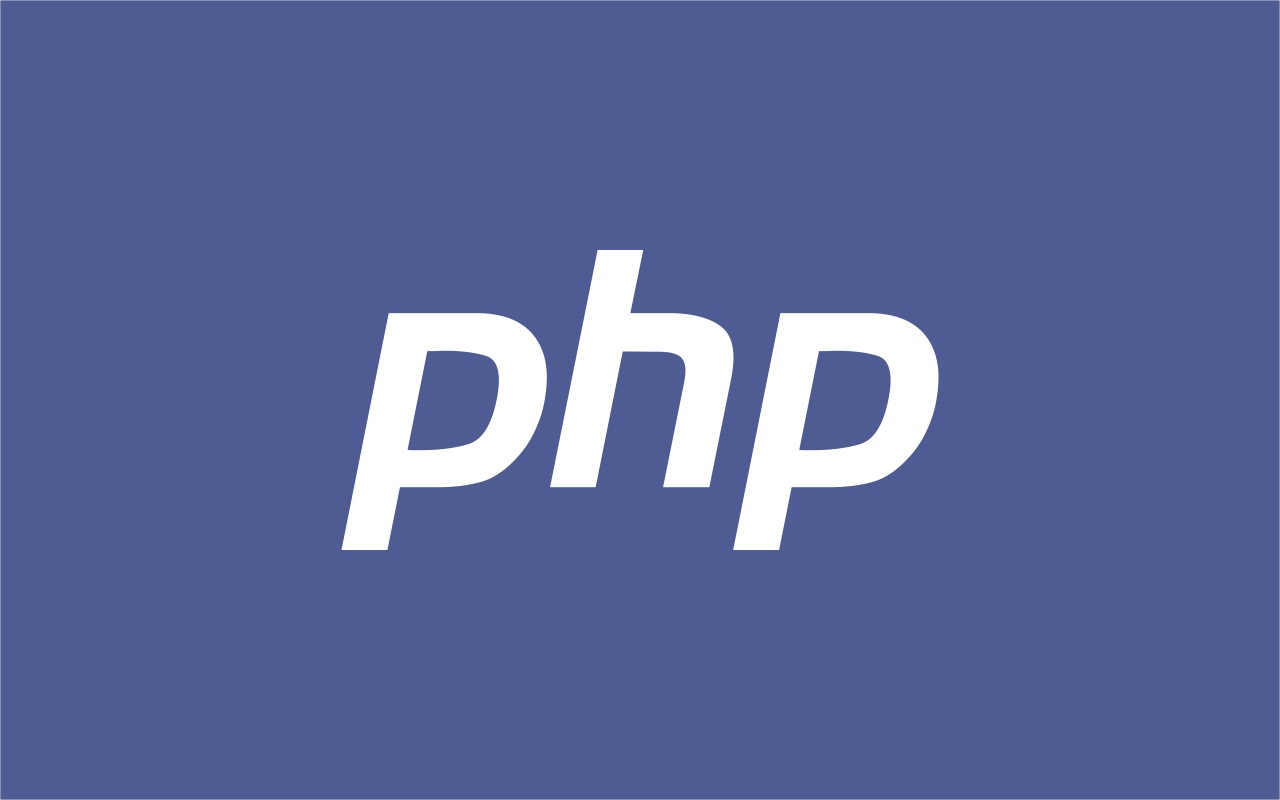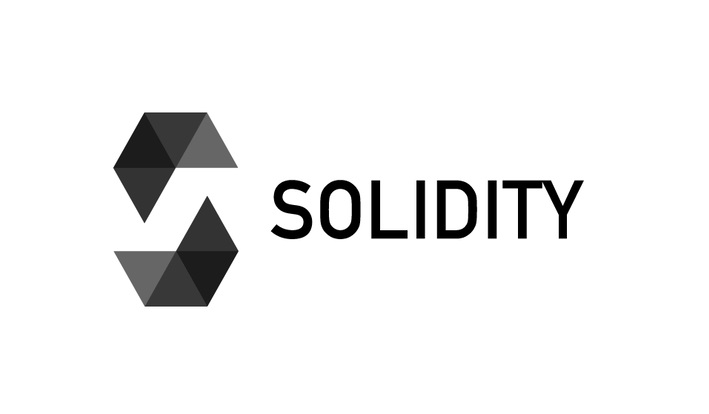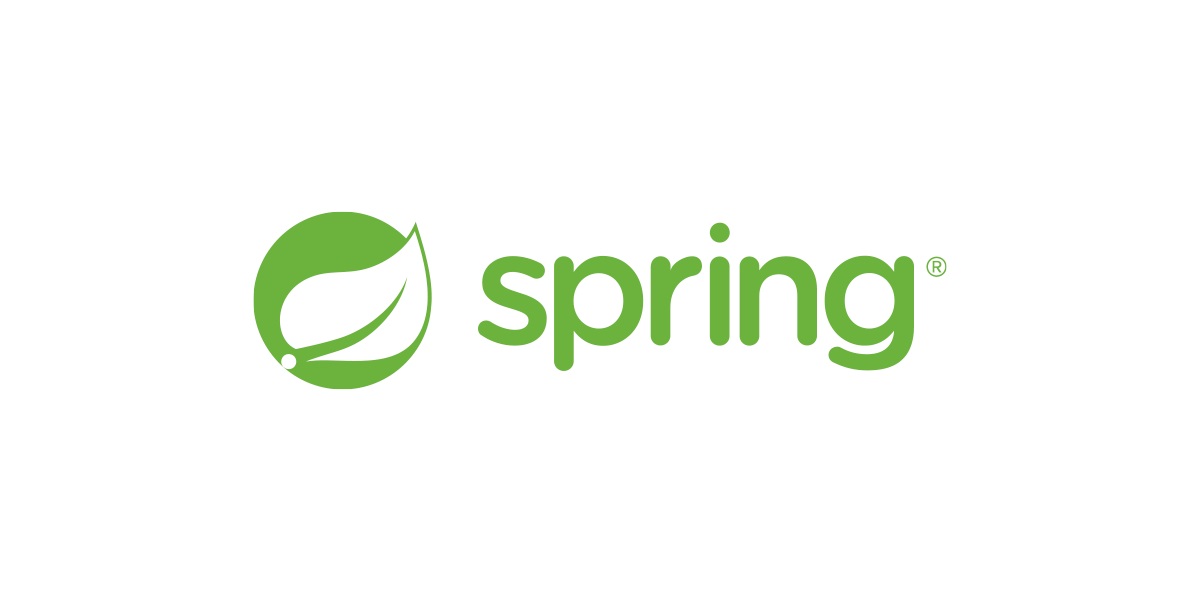Everything you need to know about Human Resources Management (HRM)
Published

Human Resource Management (HRM) is a term that refers to the strategic approach that organizations take to effectively manage their human resources. It encompasses all activities, processes and practices aimed at attracting, developing, retaining and managing employees. motivate and maintain them in order to achieve the organization's goals.
| Segment | Description |
|---|---|
| Personnel planning | Determining the organization's personnel requirements, developing strategies for recruiting qualified employees, creating job descriptions and requirements, planning personnel requirements for the future |
| Recruitment | Recruitment of new employees, creation of job advertisements, conducting interviews, selection of suitable candidates, background checks |
| Personnel development | Promoting the continuous development of employees, training, further education programs, mentoring, coaching, identifying development opportunities |
| Performance management | Evaluation of employee performance, setting targets, regular performance reviews, feedback discussions, identification of development potential |
| Remuneration and benefits | Determination of salary structures, remuneration systems, additional benefits such as insurance, pension plans, vacation, employee benefits |
| Employee relations | Building good relationships between organization and employees, communication, conflict resolution, complaint management, creating a positive work environment |
| Labor law | Ensuring compliance with labor law provisions and regulations, drafting employment contracts, compliance with working time regulations, dealing with labor law issues and problems |
| Personnel information systems | Management of personnel information, such as employee databases, personnel files, payroll accounting, vacation and sick leave records |
| Talentmanagement | Identifying, developing and retaining talent within the organization, succession planning, identifying key positions, developing Executives |
| Employee commitment | Promotion of employee commitment and motivation, measures to increase employee satisfaction and loyalty, organization of employee events, feedback mechanisms, employee surveys |
| Employee health and safety | Ensuring a safe and healthy working environment, developing safety guidelines, measures to prevent injuries and illnesses in the workplace, promoting employee well-being and work-life balance |
Human resource management encompasses a wide range of functions and responsibilities aimed at deploying and supporting employees in the best possible way. The main areas of human resource management include
- Personnel planning: This involves determining the organization's personnel requirements and developing strategies for recruiting qualified employees. This includes defining job descriptions, requirements and qualifications as well as planning staffing requirements for the future.
- Recruitment: HRM is responsible for recruiting new employees. This includes creating job advertisements, conducting interviews, selecting suitable candidates and carrying out background checks.
- Personnel development: HRM promotes the continuous development of employees in order to improve their skills, knowledge and competencies. This can be done through training, further education programs, mentoring, coaching and other development measures.
- Performance management: HRM develops and implements systems to evaluate the performance of employees. This includes setting targets, regularly reviewing performance, providing feedback and identifying development opportunities.
- Compensation and Benefits: HRM is responsible for determining salary structures, compensation systems and benefits such as insurance, pension plans, vacation and other employee perks. The aim is to offer competitive and attractive remuneration and benefits packages in order to Talent to put on and tie.
- Employee relations: HRM promotes good relationships between the organization and its employees. This includes communicating with employees, resolving conflicts, handling complaints and creating a positive working environment.
These human resource management functions serve to support, develop and motivate employees in the best possible way in order to ultimately promote the goals and success of the organization.
What is personnel planning in Human Resource Management (HRM)?
Workforce planning is the process of strategically determining an organization's workforce requirements to ensure that it has the right number of qualified employees to effectively achieve its goals. Workforce planning involves the analysis of the organization's current and future workforce requirements and the development of strategies to meet these requirements.
The personnel planning process generally comprises the following steps:
- Analysis of personnel requirements: The organization identifies its current and future staffing needs based on various factors such as business objectives, growth projections, workload changes, technology development and demographic trends.
- Inventory of current staff: An inventory of current staff is carried out in order to assess the existing employees, their qualifications, skills, experience and development potential.
- Employee development and succession planning: It is determined whether internal employees can be developed and promoted for future positions. The organization identifies potential successors for key positions and develops succession planning programs.
- External recruitment: If there is a need for additional staff, recruitment strategies are developed to attract qualified external candidates. This can be done through job advertisements, job fairs, online job exchanges or cooperation with recruitment agencies.
- Talent acquisition and selection: Suitable candidates are identified and guided through the application and selection process. This includes the review of application documents, interviews, tests and background checks to select the best candidates for the organization.
- Covering personnel requirements: Based on the results of personnel planning, the necessary measures are taken to cover the organization's personnel requirements. This includes the Recruitment of new employees and employees, internal transfers, restructuring or, if necessary, the implementation of training and development programs.
Workforce planning is a continuous process that adapts to changes in the organization and the labor market. It plays a crucial role in ensuring that the organization has the right talent to achieve its goals while operating efficiently and cost-effectively.
What is recruitment in Human Resource Management (HRM)?
Recruitment, also known as hiring or recruiting, is the process of identifying, attracting and selecting qualified candidates to fill open positions in an organization. The goal of recruitment is to meet the organization's staffing needs and ensure that qualified and suitable candidates are hired.
The recruitment process usually comprises the following steps:
- Staffing needs analysis: The organization determines the need for new employees due to job changes, expansion, growth or other reasons. The type of skills, experience and qualifications required for the vacancy are determined.
- Job description and advertisement: A clear job description is created that describes the tasks, responsibilities, requirements and qualifications for the open position. The position can be advertised internally, via external job boards, the organization's career pages or other channels.
- Candidate identification: Recruitment involves searching for potential candidates who meet the requirements of the vacancy. This can be done by reviewing applications, searching applicant databases, using online job boards, social media, networks or working with recruitment agencies or headhunters.
- Application review and selection: The applications received are screened and the qualified candidates are selected for further selection procedures. These may be telephone interviews, personal interviews, tests or assessment centers to identify the most suitable candidates.
- Decision and recruitment: Based on the selection process, the final decision is made on the recruitment of the candidate. An offer is made, contract details are clarified and an agreement is reached. The selected candidate is then hired into the organization.
- Onboarding: Der Onboarding process begins when the new employee has their first day at work. This includes an introduction to the organization, training, getting to know colleagues and integration into the team.
It is important to note that recruitment can vary depending on the organization and position. Large companies often have specialist recruitment teams or departments, whereas in small companies, the responsibility for recruitment is often taken on by the hiring managers or senior management themselves. Recruitment is a critical process to attract the best talent to the organization and ensure they have the right skills and experience to contribute to the company's success.
What is personnel development in Human Resource Management (HRM)?
Personnel development refers to the targeted measures and activities aimed at developing and promoting the skills, knowledge, competencies and potential of employees. The main objective of personnel development is to increase the individual performance and commitment of employees and to prepare them for future challenges. This also contributes to the achievement of organizational goals by creating a competent and motivated workforce.
Personnel development comprises various measures and activities, including
- Training and education: Organizations provide training and development programs to improve the skills, knowledge and competencies of employees in relation to their current or future roles. This can take the form of internal training, external seminars, workshops, e-learning programs or coaching and mentoring.
- Career development: HR development also includes measures to promote the career development of employees. This may include identifying career goals, planning career paths, supporting professional development and providing opportunities for promotion or rotation within the organization.
- Mentoring and coaching: Mentoring and coaching programs offer employees the opportunity to learn from experienced colleagues or colleagues from other companies. Executives and receive individual support in their professional development. These programs promote the transfer of knowledge, personal development and leadership skills of employees.
- Succession planning: An important aspect of HR development is the identification and development of potential successors for key positions in the organization. Targeted development measures are used to prepare employees for management positions or other important functions in order to ensure that the organization has continuous leadership and expertise.
- Talent management: HR development also includes talent management, in which talent is identified, developed and promoted within the organization. This includes the identification of high potentials, the targeted development of their skills and the creation of development opportunities to ensure that they can develop their full potential.
Performance management: Personnel development is closely linked to performance management, as it supports the continuous improvement of employee performance. Employees are motivated and encouraged to improve their performance through regular feedback, goal setting, performance evaluations and development plans.
Personnel development is an important part of human resource management, as it helps to unlock the skills and potential of employees, strengthen their loyalty to the organization and promote their professional development. This leads to an effective and committed workforce that contributes to the achievement of organizational goals.
What is performance management in human resource management (HRM)?
Performance management refers to the systematic process by which organizations plan, evaluate, develop and reward the performance of their employees. The aim of performance management is to ensure that the individual performance of employees is in line with the goals and requirements of the organization and is continuously improved.
Performance management generally comprises the following steps:
- Goal setting: The organization sets clear, measurable and realistic goals that are in line with the organization's strategic objectives. These objectives should be specific, represent an appropriate challenge and be defined in terms of time.
- Performance planning: Employees are involved in the target-setting process in order to jointly define targets that correspond to their individual skills and areas of responsibility. Performance standards are set which serve as a benchmark for evaluating performance.
- Performance feedback: During the performance period, employees receive regular feedback on their performance. This can take the form of informal discussions, formal performance appraisals, 360-degree feedback or continuous feedback. The feedback enables employees to recognize their strengths, identify areas for improvement and adjust their performance.
- Performance evaluation: At the end of the performance period, a comprehensive evaluation of the employee's performance is carried out based on the defined targets and performance standards. This can be done through self-assessments, supervisor evaluations, colleague feedback and customer evaluations. The evaluation is used to measure performance, identify strengths and areas for development and make decisions regarding rewards, development and career progression.
- Performance development: Based on the performance evaluation, individual development plans are drawn up to support employees in their strengths and address development areas. This can be done through training, coaching, mentoring or other development measures in order to continuously improve the performance of employees.
- Performance rewards: Reward and recognition programs are also used as part of performance management to recognize and reward employee performance. This may include financial rewards, bonuses, promotions, awards or other incentives based on individual performance.
Performance management is a continuous process that aims to increase employee performance, promote motivation and achieve organizational goals. It contributes to the development of a performance-oriented culture and enables continuous improvement of individual and organizational performance.
What is compensation and benefits in Human Resource Management (HRM)?
Compensation and benefits, also referred to as compensation packages or total rewards, are important aspects of human resource management (HRM) that relate to compensation and benefits for employees. They include financial and non-financial rewards provided by the organization to reward and motivate employees for their work.
Remuneration:
Remuneration refers to the financial compensation system that the organization offers its employees. This includes salaries, wages, commissions, bonuses and other monetary benefits. Remuneration can be determined in different ways, including
- Basic salary: The basic salary forms the basis of remuneration and reflects the position, responsibility, qualifications and experience of the employee.
- Performance-related remuneration: This includes bonuses, commissions or performance-related awards paid on the basis of individual or team performance.
- Additional remuneration: This includes additional benefits such as overtime bonuses, shift allowances or risk allowances for certain professions.
Benefits:
Benefits, also known as fringe benefits, are non-financial benefits that the organization offers employees in addition to their basic salary. These additional benefits serve to strengthen employee loyalty, increase satisfaction and create an attractive working environment. Examples of benefits are
- Health insurance: The organization provides health insurance for employees and, if applicable, for their family members.
- Retirement provision: This includes pension plans, company pension plans or other forms of retirement provision.
- Sickness and vacation arrangements: Paid sick days, paid vacation and other types of time off are offered.
- Insurance: The organization may offer insurance services such as life insurance, accident insurance or disability insurance.
- Employee share programs: Employees are given the opportunity to acquire shares in the company or participate in share option plans.
- Training and development opportunities: The organization provides opportunities for training, education or professional development to enhance employees' skills and career opportunities.
Compensation and benefits play an important role in attracting and retaining talent, motivating employees and creating a positive work culture. A well-designed compensation and benefits program can help increase employee satisfaction, improve productivity and strengthen the organization's competitiveness as an employer.
What is meant by employee relations in human resource management (HRM)?
Employee relations in human resource management (HRM) refers to the interactions and relationships between employees and the employer or HR department of a company. It is about the way in which employees interact with the company, their superiors, colleagues and other internal stakeholders and how these relationships are managed.
Employee relations encompass various aspects, including
- Communication: Communication between employees and the company is crucial for maintaining a good working atmosphere. This includes sharing information, communicating company goals and policies, clarifying expectations and communicating openly about performance feedback, challenges or concerns.
- Employee engagement: A positive employee relationship involves a high level of employee engagement. Engaged employees are more motivated, more productive and more committed to the company. It is important to understand the needs and expectations of employees, involve them in decision-making processes and offer opportunities for personal and professional development.
- Conflict management: Conflict can occur in work environments, and effective conflict management is critical to identifying, addressing and resolving these conflicts. Employee relations include encouraging open communication, providing conflict resolution mechanisms (e.g. mediation) and creating a culture of cooperation and respect.
- Employee representation: Employee relations also refer to the interaction between employees and trade unions or employee representatives. In some companies, there are forms of employee representation that represent the interests and concerns of employees to the employer. Cooperation and dialog between the HR department and employee representatives is important to ensure a positive working environment and fair working conditions.
- Work culture and employee retention: A strong employee relationship is fostered by a positive work culture based on trust, respect, collaboration and openness. The company can take steps to create a healthy work environment that promotes employee wellbeing and enables long-term retention. These include recognition programs, work-life balance initiatives, employee development programs and other activities that strengthen employee engagement and retention.
Managing employee relations effectively in HRM helps to create a positive working environment in which employees can develop their full potential. It's about fostering a culture of collaboration, openness and respect, resolving conflict and strengthening employee retention. Through good employee relations, companies can increase productivity, improve employee engagement and build a positive image as an employer.
What is meant by employment law in Human Resource Management (HRM)?
Employment law in human resource management (HRM) encompasses the entirety of legal provisions, rules and regulations that govern the relationship between employers and employees. It is an area of law that regulates the rights and obligations of employers and employees with regard to employment contracts, working conditions, occupational health and safety, protection against dismissal, wage and social benefits and other work-related matters.
Labor law includes a large number of laws, regulations and directives, which may vary depending on the country or region. In general, labor law covers the following areas:
- Employment contracts: Employment law regulates the conditions and agreements set out in employment contracts between employers and employees. It covers aspects such as working hours, vacation entitlements, remuneration, job security and other contractual provisions.
- Occupational health and safety: Employment law contains regulations and provisions to protect the health and safety of employees in the workplace. This includes regulations on accident prevention, occupational health and safety, ergonomics, handling hazardous substances and ensuring appropriate working conditions.
- Protection against dismissal: Employment law regulates the conditions and procedures for dismissing employees. It protects employees from arbitrary or unjustified dismissal and stipulates under what circumstances and with what advance notice dismissals may take place.
- Wage and social benefits: Labor law establishes minimum wage provisions and regulates other aspects of compensation, such as overtime, bonuses, allowances and social benefits such as health insurance, pension insurance and unemployment insurance.
- Protection against discrimination: Employment law contains provisions to protect against discrimination in the workplace on the basis of gender, race, religion, age, disability and other protected characteristics. It regulates equal opportunities, the handling of harassment in the workplace and the promotion of diversity and inclusion.
- Labor relations: Labor law can also regulate aspects of relations between employers and employee representative bodies such as trade unions or works councils. It defines the rights and obligations of these organizations as well as procedures for collective bargaining, industrial disputes and other forms of interest representation.
Employment law is of great importance in HRM as it provides employers and employees with a legal framework within which employment relationships are governed. Effective HRM must understand employment law to ensure that employment contracts, working conditions and working practices comply with legal requirements and that employees' rights are protected.
What is meant by personnel information systems in Human Resource Management (HRM)?
Personnel Information Systems (PIS) in Human Resource Management (HRM) are computerized systems designed to support the management and organization of employee data in a company. These systems serve as central databases for all personnel-related information and enable this data to be accessed, updated and analyzed.
The functions and features of HR information systems can vary depending on an organization's needs and requirements, but typically include
- Employee data management: PIS record and store basic information about each employee, such as name, contact details, personnel number, date of employment, salary data, position and departmental affiliation. This database forms the basis for all other personnel-related information.
- Personnel files: PIS enable the management and organization of employees' personnel files. This includes information on performance evaluations, training and development history, employment contracts, absences, vacation time and other work-related information.
- Salary and compensation management: PIS support the management of salary and compensation data, including the recording of salary information, bonuses, premiums, allowances and other financial aspects of employee compensation. This enables the accurate calculation of wages, salaries and other compensation components.
- Time and attendance management: PIS enable the recording of employee time and attendance data, including working time, overtime, vacation time, sick time and other absence data. This supports the calculation of working time, the monitoring of absences and the management of leave requests.
- Employee performance and talent management: PIS offer employee performance management functions such as recording performance targets, performance appraisals, development reviews and training needs. These systems can also assist with talent identification and succession planning.
- Reporting and analysis: PIS enables the generation of reports and analyses on various personnel-related data. This includes, for example, reports on employee turnover, salary structures, vacation times or training budgets. This data can be used for management decisions and strategic planning.
- Self-service functions: Modern PISs often offer self-service features where employees can access their own HR-related information online, submit leave requests, make changes to their contact details or submit training requests. This reduces the administrative burden on the HR department and gives employees greater autonomy.
HR information systems play an important role in HRM as they make the management of employee data and information more efficient and reliable. They enable better data accuracy, faster processing times, improved reporting and a central database for HR-related information. By using PIS, HR departments can make their work more effective and focus on strategic tasks such as employee development, talent management and HR strategy.
What is talent management in human resource management (HRM)?
Talent management in human resource management (HRM) refers to the strategic approach of identifying, attracting, developing and retaining qualified and high-potential employees to ensure that the company has the right talent to achieve its goals. It is about having the right people with the right skills in the right places in the company.
Talent management covers various aspects, including:
- Talent acquisition: This refers to the process of identifying and attracting talented and qualified candidates for open positions in the company. It includes the development of recruitment strategies, the use of various recruitment channels, the evaluation of candidates and the implementation of selection processes to attract the best talent for the company.
- Talent identification and assessment: Talent management involves identifying employees with high potential and outstanding skills. This is usually done through talent assessment, performance appraisals, potential analyses and talent interviews. The aim is to identify employees who have the potential to take on important management positions or other key roles in the company.
- Talent development: Talent management involves the targeted development of identified talent within the company. This can be done through special development programs, training, mentoring, job rotation, succession planning and other development measures. The aim is to strengthen the skills, knowledge and leadership abilities of talented employees to ensure that they can develop their full potential.
- Career and succession planning: Talent management also includes planning career paths and identifying successors for key positions in the company. It is about nurturing talent and providing them with clear prospects and development opportunities to achieve their career goals. This can include the creation of individual development plans, the creation of career opportunities and support with internal promotion.
- Talent retention: Talent management also includes measures to retain identified talent within the company. This can be done by creating a positive working environment, recognizing and valuing performance, attractive remuneration packages, opportunities for professional development and clear communication about career prospects and growth opportunities. The aim is to retain talent in the long term and achieve a high level of employee loyalty.
Talent management is critical to the long-term success of an organization as it ensures that the company has the talent it needs to execute its business strategy and adapt to market challenges. Through the targeted identification, development and retention of talent, a company can increase its competitiveness, promote innovation and build strong leadership.
What is employee engagement in human resource management (HRM)?
Employee engagement in human resource management (HRM) refers to the extent to which employees have an emotional connection to their work, their company and their role in the company. It is about the commitment, motivation and interest that employees show in their work and the company. Employee engagement is important because it has a positive impact on performance, productivity, employee satisfaction, employee retention and ultimately the success of the company.
Employee engagement encompasses various dimensions:
- Emotional commitment: Emotional commitment refers to an employee's positive emotional attachment to their work and their company. It manifests itself in a strong sense of identification, pride and connection with the organization. Employees who are emotionally engaged feel connected to the goals, values and success of the company.
- Cognitive engagement: Cognitive engagement refers to the level of mental involvement and concentration that an employee brings to their work. It manifests itself in a high level of attention, concentration and dedication to work tasks. Employees who are cognitively engaged are motivated to give their best and apply their skills and competencies.
- Behavioral engagement: Behavioral engagement refers to the level of initiative and commitment an employee shows to drive the company's goals and growth. It manifests itself in proactive actions, such as a willingness to go beyond expectations to achieve results, contribute ideas and collaborate with others.
Employee engagement is influenced by various factors:
- Leadership: Managers play a crucial role in promoting employee engagement. Inspiring, supportive and communicative leadership that sets clear goals and involves employees in decision-making processes can strengthen employee engagement.
- Working conditions: Positive working conditions, such as an appropriate work-life balance, a secure job, the opportunity for professional development and a pleasant working atmosphere, contribute to employee engagement.
- Career opportunities: The prospect of career opportunities and professional growth can motivate employees to make a long-term commitment and develop their potential within the company.
- Communication and feedback: Open and transparent communication and regular feedback promote employee commitment, as employees feel heard and valued.
- Recognition and rewards: Recognizing and rewarding performance helps to strengthen employee engagement. Praise, appreciation and appropriate financial and non-financial incentives can increase employee engagement.
Effective employee engagement in HRM requires continuous attention and action to create a positive work environment, promote a strong leadership culture and involve employees in decision-making processes. By strengthening employee engagement, companies can build a motivated workforce that is willing to give their best and contribute to the success of the organization.
What is meant by personnel health and safety in human resource management (HRM)?
Employee health and safety in Human Resource Management (HRM) refers to the measures and strategies that organizations take to ensure the health, safety and well-being of their employees in the workplace. It is an important area of HRM that aims to create working conditions that protect the physical and mental health of employees and ensure that they can work in a safe environment.
Personal health encompasses various aspects:
- Physical health: Companies should take measures to promote and protect the physical health of employees. This includes providing ergonomic workstations and equipment, preventing injuries and work-related illnesses, protecting against hazardous substances, promoting exercise and fitness and supporting a healthy lifestyle.
- Mental health: Promoting the mental health of employees is equally important. Companies should raise awareness of mental health issues, offer stress management measures, promote a good work-life balance and provide support for employees in stressful situations. This can be done, for example, through employee support programs, psychological counseling and the creation of a positive work culture.
- Prevention of accidents at work: Companies have a responsibility to protect their employees from workplace accidents and injuries. This includes carrying out risk assessments, training employees in safety measures, providing appropriate personal protective equipment, maintaining work equipment and complying with safety standards.
- Health promotion: Companies can take measures to promote the general health and well-being of employees. These include smoking cessation programs, healthy eating, health check-ups, vaccinations, prevention campaigns and the provision of information on health-related topics.
Employee health and safety are closely linked. By ensuring a safe working environment, companies can prevent injuries and accidents and protect the physical health of employees. At the same time, measures to promote the health and well-being of employees help to increase productivity, motivation and employee retention.
HRM is responsible for developing and implementing policies, procedures and programs for employee health and safety. This includes training employees, monitoring compliance with safety standards, working with occupational health and safety experts, managing insurance benefits and accident reporting, and promoting a culture of safety within the organization. Through these measures, companies can create a safe and healthy working environment that contributes to employee satisfaction and performance.








